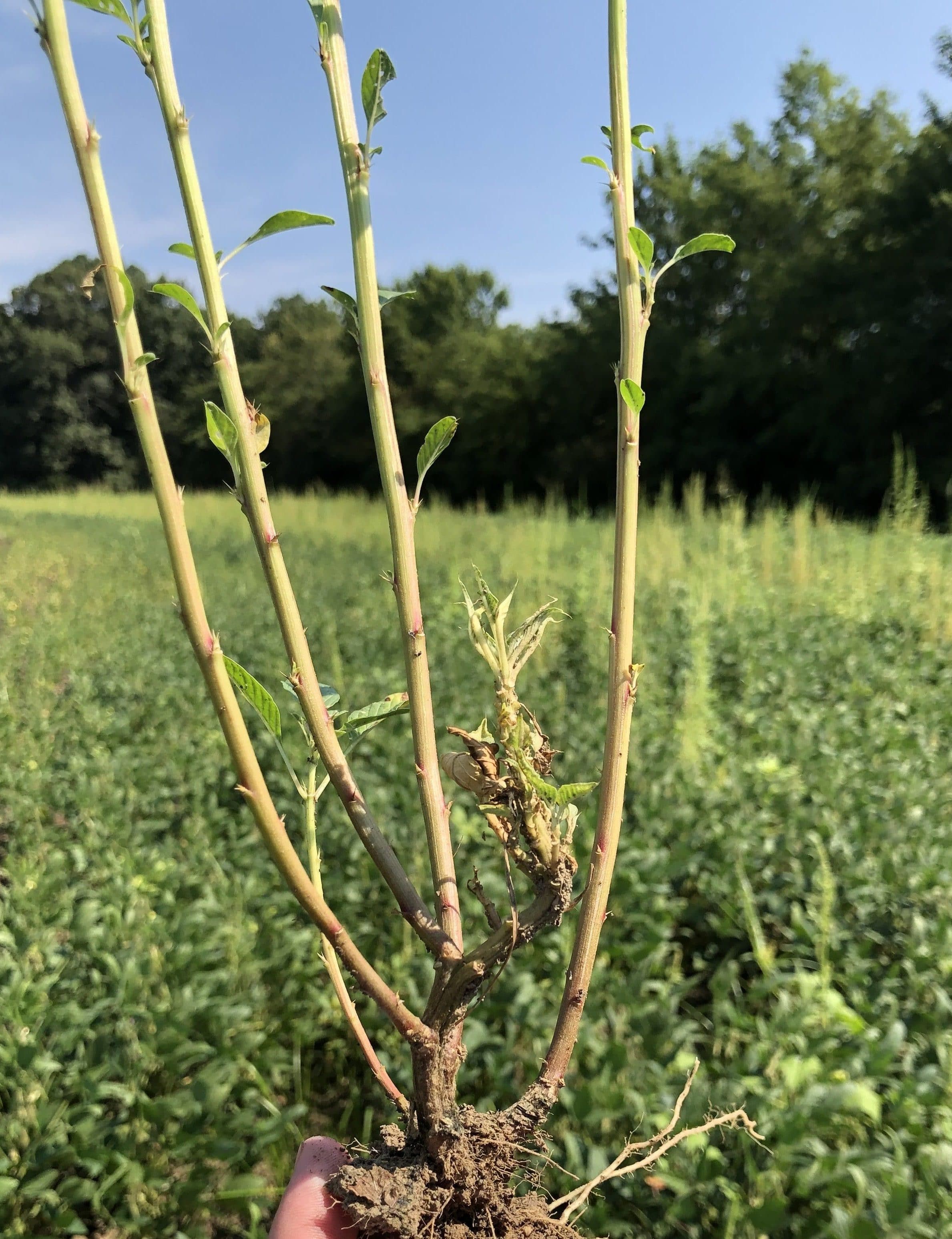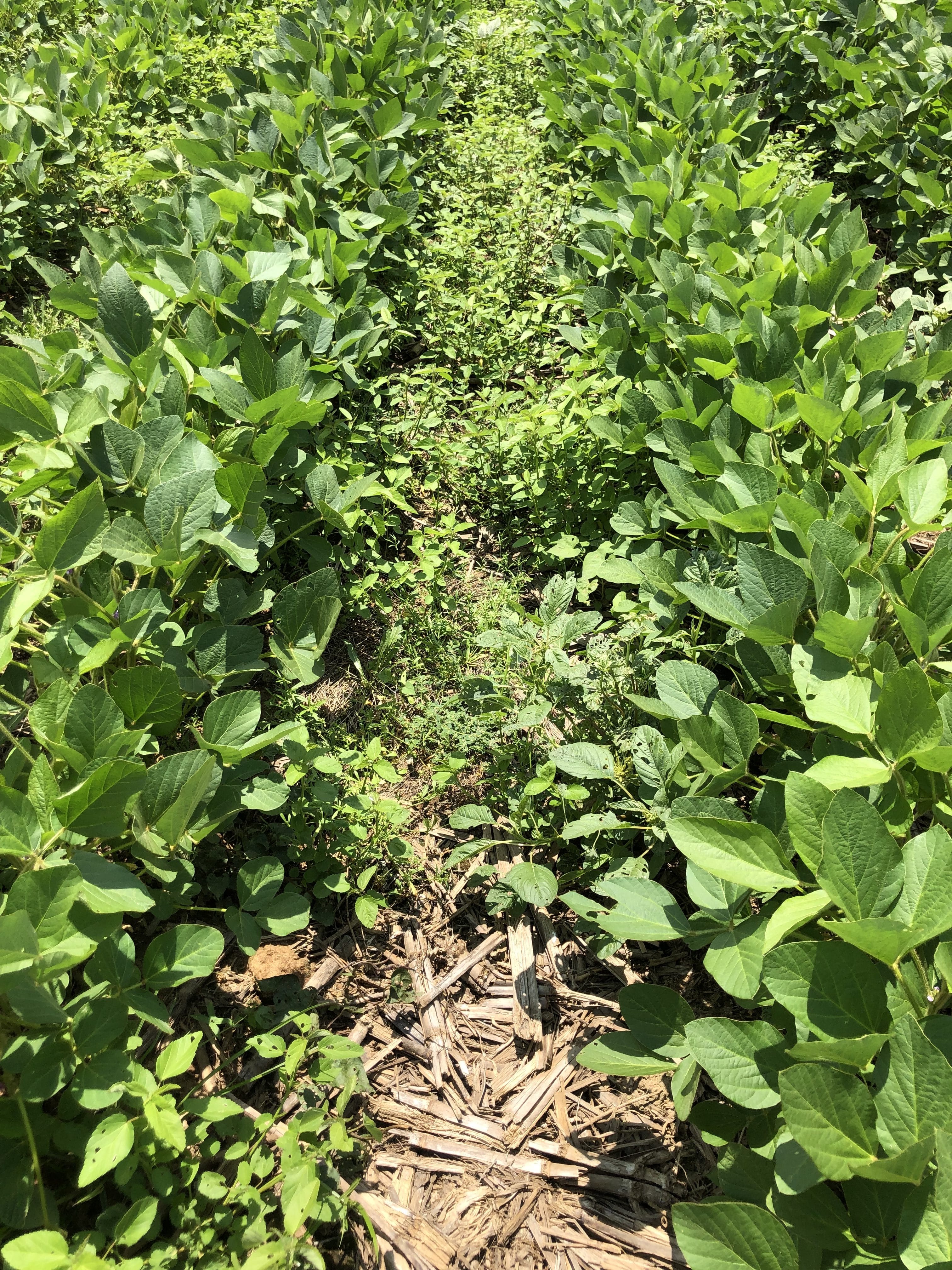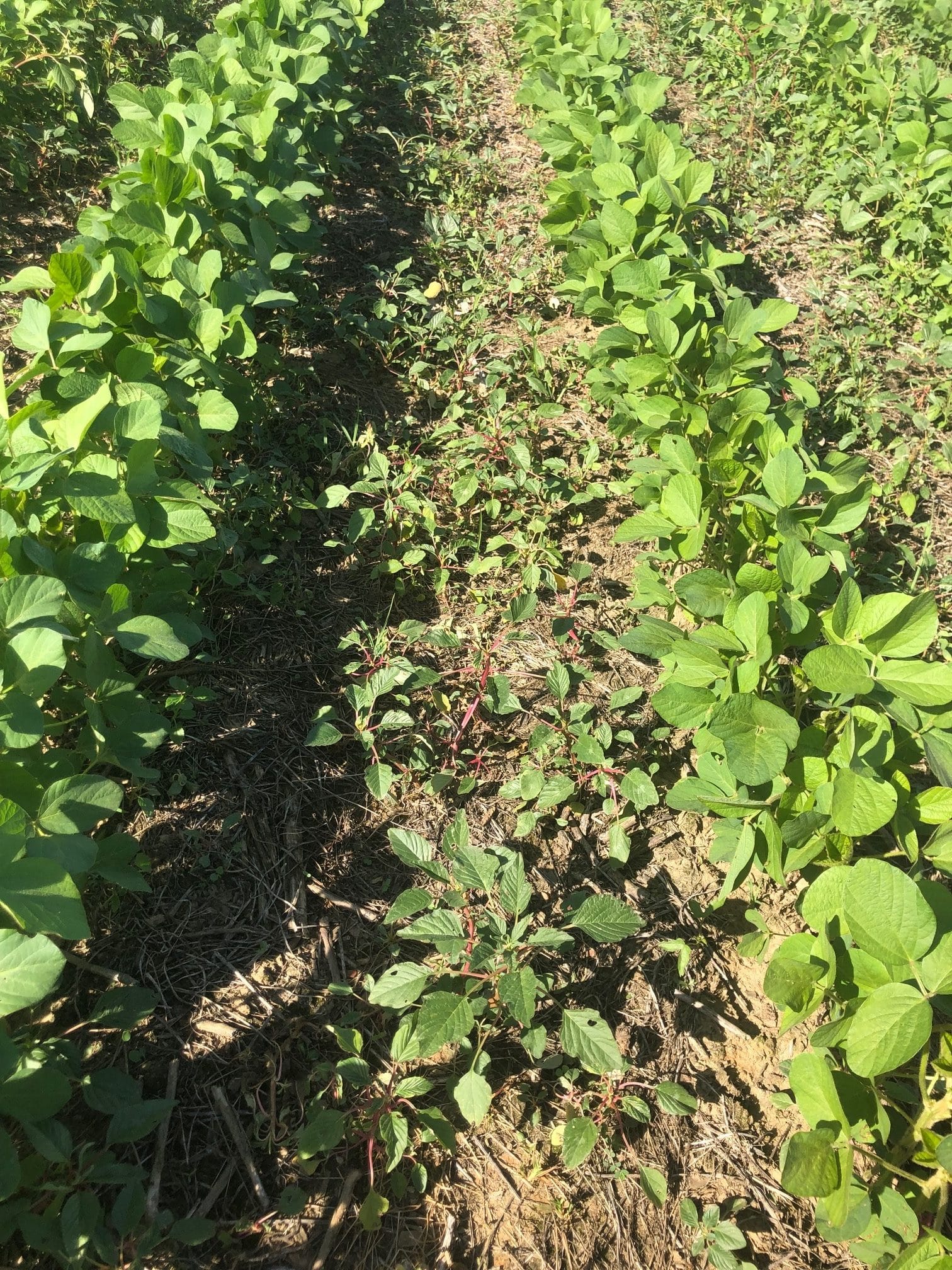

I was thinking it might be 2021 or at least 2020 before we would start getting reports of Xtend soybean fields that were wrapped up with Palmer amaranth. Wrong! It is 2019. I visited several soybean fields this week where, judging by the Palmer amaranth regrowth, Engenia had been applied to Palmer that was 2 to 6″ tall (Picture 1). A small percentage died and the rest went on to over run several Xtend soybean fields (Picture 2). In another field a follow-up Engenia application was made and it did improve the pigweed control some but the field was still far from being a success story. Continue reading




